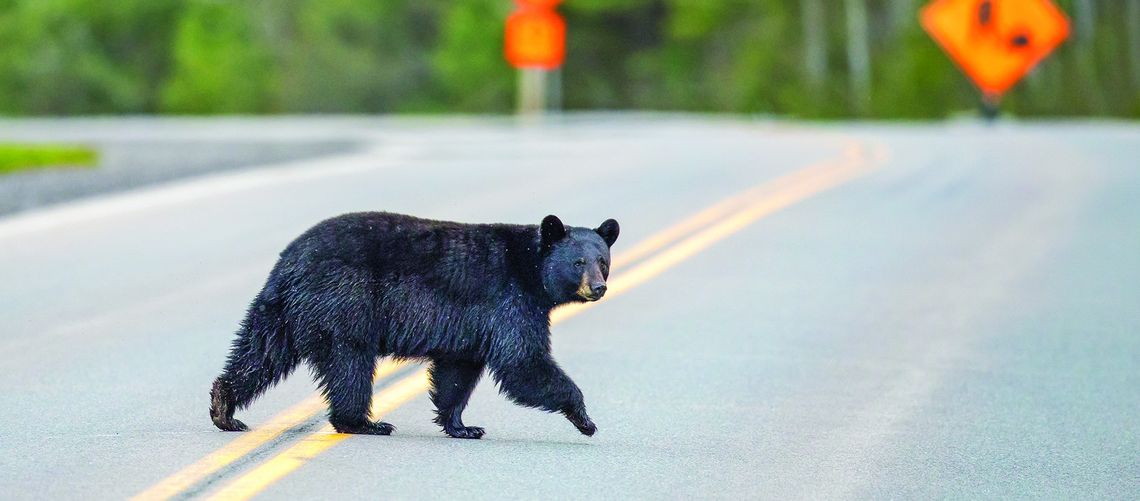Spring awakening:
With spring finally here and warm weather on the way, thousands of black bear throughout the state are waking up from hibernation and will be in search of food.
Michigan Department of Natural Resources (DNR) wildlife experts are urging residents at this time to be diligent by removing potential food sources like bird feeders and pet food from outdoor areas. They also suggest using bear-resistant garbage cans and keeping grills and patio furniture clean.
PLEASE LOG IN FOR PREMIUM CONTENT. Our website requires visitors to log in to view the best local news.
Not yet a subscriber? Subscribe today!



